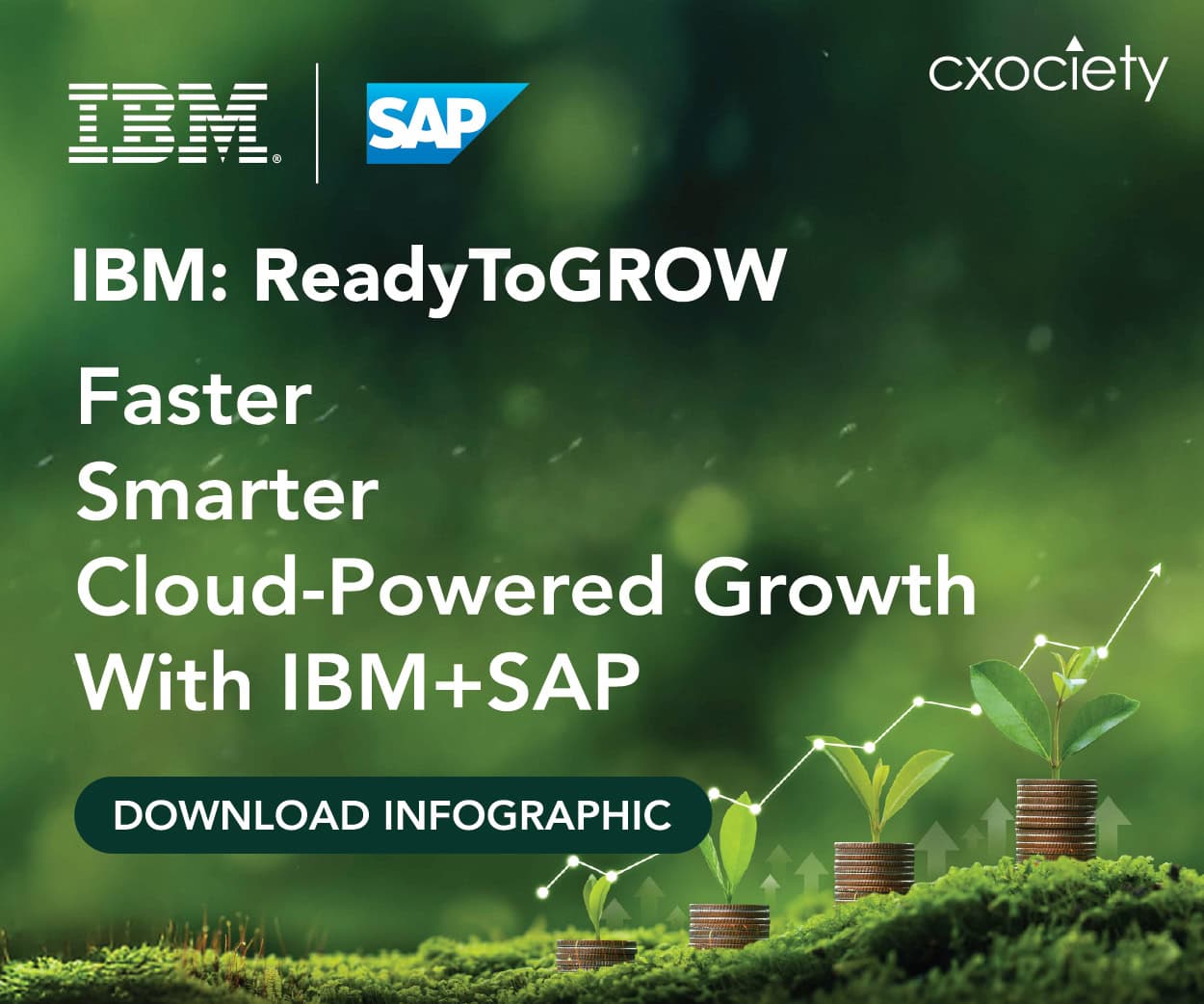Turning to automation and artificial intelligence (AI) has helped GXS Bank not only double its productivity, but also improve its ability to identify high-risk transactions, such as money laundering activities.
Monitoring transactions is a critical part of the digital bank’s operations to ensure its financial ecosystem is protected against malicious actors, GXS Bank CTO Rajat Malhotra said in an email interview with FutureCIO.
However, transaction monitoring can be time-consuming as the bank’s anti-money laundering team has to conduct comprehensive investigations into any suspicious cases, Malhotra said.
“Scams [also] are evolving at an alarming rate, including social engineering scams, and traditional fraud detection methods alone are not enough to keep up,” he said.
It prompted GXS to marry technologies, such as GenAI (generative AI), with a “human-centric approach” to combat fraud.
“With AI, we can proactively identify emerging scam patterns by analysing vast amounts of transaction data, behavioural signals, and linguistic cues from scam messages in real-time,” he explained.
When a potential scam is identified, the bank alerts its customers and relevant authorities, and takes the necessary steps to block suspicious transactions or login attempts, he said.
Based in Singapore, GXS Bank is owned by a joint venture between Singtel and Grab Holdings, with the latter holding 60% share.
Automating toward lower manual load, higher accuracy
The automation of various processes in transaction monitoring, including data extraction, case assessment commentary, and auto-input of forms, helped streamline and reduce the manual workload for employees, Malhotra said.
“At the same time, automation has improved the accuracy of our transaction monitoring and enabled us to focus on investigating alerts, identified as high risk by the system, in a timely manner,” he said.
The bank also has built and customised various GenAI-powered tools that currently are used by four in five of its employees. Its technology team, for instance, uses such applications to generate codes that its software engineers later refine and tweak.

Its data scientists also use a GenAI solution to distil complex analyses, drawn from several data sources, into “easy-to-understand” insights, Malhotra said.
The CTO said GXS doubled its productivity gains between September 2023 and September 2024, with estimates of almost 16,000 man-hours saved from leveraging the tools.
The bank currently is developing a GenAI-powered chatbot, called eBuddy, to manage customer interactions on its banking app. It will respond to queries and facilitate transactions as well as call transfers to live agents, when necessary.
“eBuddy will help take the load off our customer support team by reducing the need for manual intervention, while serving more customers at the same time,” Malhotra said.
There are challenges, though, of which a significant one is ensuring GXS’ AI systems continue to learn and improve, while maintaining quality outputs, he said.
The AI chatbot, for example, has to be intuitive and responsive when handling a wide range of customer queries, and still maintain trust and security.
The AI copilot tool also should effectively support its software engineers in understanding existing codebase and their reusing it. They need to be able to write efficient, clean, and secure codes without introducing technical debt, Malhotra explained.
Technical or code debt generally is defined as the cost of work that may result from cutting steps in the software development process.
Checks still needed to maintain transparency
To address the challenges, it is critical that there are strong feedback loops and ongoing improvements within the AI systems, Malhotra said.
GXS’ eBuddy, for example, is constantly trained on real-world customer interactions to enable the chatbot to better understand intent and reduce misinformation, he said.
Developer feedback also is incorporated into the copilot AI tool to refine its code suggestions, he added.
To further ensure there is transparency and control, Malhotra said engineers can review, edit, and validate AI-generated code. This prevents the AI tool from operating as a blackbox and also enhances productivity without compromising quality, he said.
“Our AI does not operate in a vacuum,” he noted. “We constantly refine our models based on real-world interactions and customer feedback, making sure they stay relevant, fair, and genuinely helpful.”
There also are security and ethical considerations, he said, adding that his team runs multiple automated and manual tests before changes to its chatbot are released into production.
Employees can override AI when needed, whether it is an AI-powered credit decision or automated fraud detection action, according to Malhotra.
“The strategic focus is on transparency and control, ensuring AI enhances rather than replaces human judgement,” the CTO said. Checks also are conducted to mitigate risks of its AI tools and systems generating biased, misleading, or harmful outputs.
GenAI models that are used for sensitive tasks go through security evaluations and risk assessments before the they are deployed, he said.
Security measures also are implemented, for instance, to prevent prompt injection and hallucination, while technical guardrails automatically redact personally identifiable information in customer-facing AI models, he added.
Keeping humans in the loop
“By combining advanced technologies with strong human oversight, we strive to maintain a good balance between automation and human involvement, and ensure both operational efficiency and ethical responsibility in our AI implementations,” Malhotra said.
“AI is a powerful tool, but like any tool, its effect is dependent on the user. The same AI that can personalise banking experiences and detect fraud, also can be misused if not carefully managed,” he said.
He lauded GXS’ digital roots and inception in an AI era as an advantage here, enabling it to already identify areas where AI can be tapped to drive its goals as well as to architect data infrastructures that support technologies, such as GenAI.
Officially launched in 2022, GXS has a full digital banking license, issued by the Monetary Authority of Singapore.





